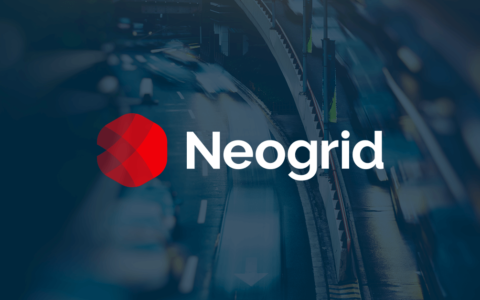
Today’s supply chains are constantly challenged to be more agile and move faster than ever before. And, as the volume of data and data sources increases, it will become even more challenging for manufacturers and retailers to ensure the data in their supply chain management (SCM) system is consistent and reliable.
In order for companies to outpace their competition they must have data harmonization and cleansing systems in place. Data harmonization is the process of bringing data from any multiple sources together into a unified format. Once data is in a unified format it can be cleansed to ensure it is accurate and dependable.
Implementing these processes on an ongoing basis ensures your company has the data needed to develop an agile supply chain that is highly responsive to consumer trends, as well as the insights needed to make informed business decisions.
1. Increased Supply Chain Agility
Flexibility and responsiveness are the cornerstones to an agile supply chain. To achieve these, you need access to real-time data and key performance indicators. However, while trading partners are willing to share data, the challenge is that the data coming from different systems, in different formats, layouts and file types.
This is where harmonizing comes into play. Data is translated, transposed and put together in a certain way that makes sense. Cleansing data highlights any inconsistencies to make sure the data is accurate. With reliable real-time data in your SCM system, you can increase efficiency and develop a more agile supply chain.
2. Improved Consumer Responsiveness
Consumers demand what they want, when they want it. This is why out-of-stocks (OOS) are often cited in consumer research studies as the main reason behind a poor customer experience.
If a product is OOS, customers and retailers aren’t the only ones to lose. If a consumer cannot buy a product, manufacturers lose revenue. To prevent OOS, the supply chain needs have the flexibility to quickly respond to consumer trends. The first step in improving responsiveness is connecting to the end consumer through real-time points of sale data.
The faster that you can collect this data and ensure it is high quality through established harmonization and cleansing process, the faster your company will be able to respond to consumer trends. This pull-based supply chain model will lead to increased on-shelf availability (OSA) and customer satisfaction.
3. Informed Business Decisions
Let’s say your company has a new product launch. It is critical for you to see how the launch is received – is it exceeding, meeting or falling behind the goals? Without reliable and accurate data, you risk making a decision based on incorrect insights. In addition, accurate data is essential to determining the return on investment of in-store promotions.
Product launches and promotions cost time and money. So, the ability to quickly gather and analyze high-quality data and to change course on a dime, if needed, can mean the difference between an initiative’s success or its failure.
In order to take action that benefits your business, you need data. If your data is not harmonized or cleansed, you have nothing to react to. Implementing these processes now will ensure the data in your SCM system is accurate and reliable, and provide your company with a competitive advantage in the future.




